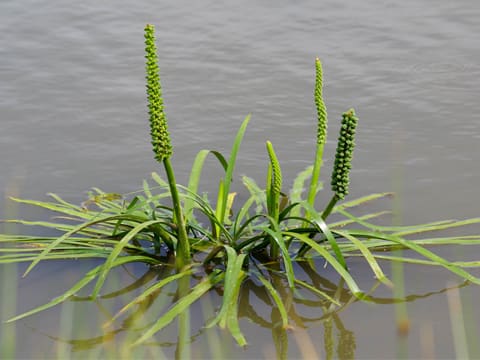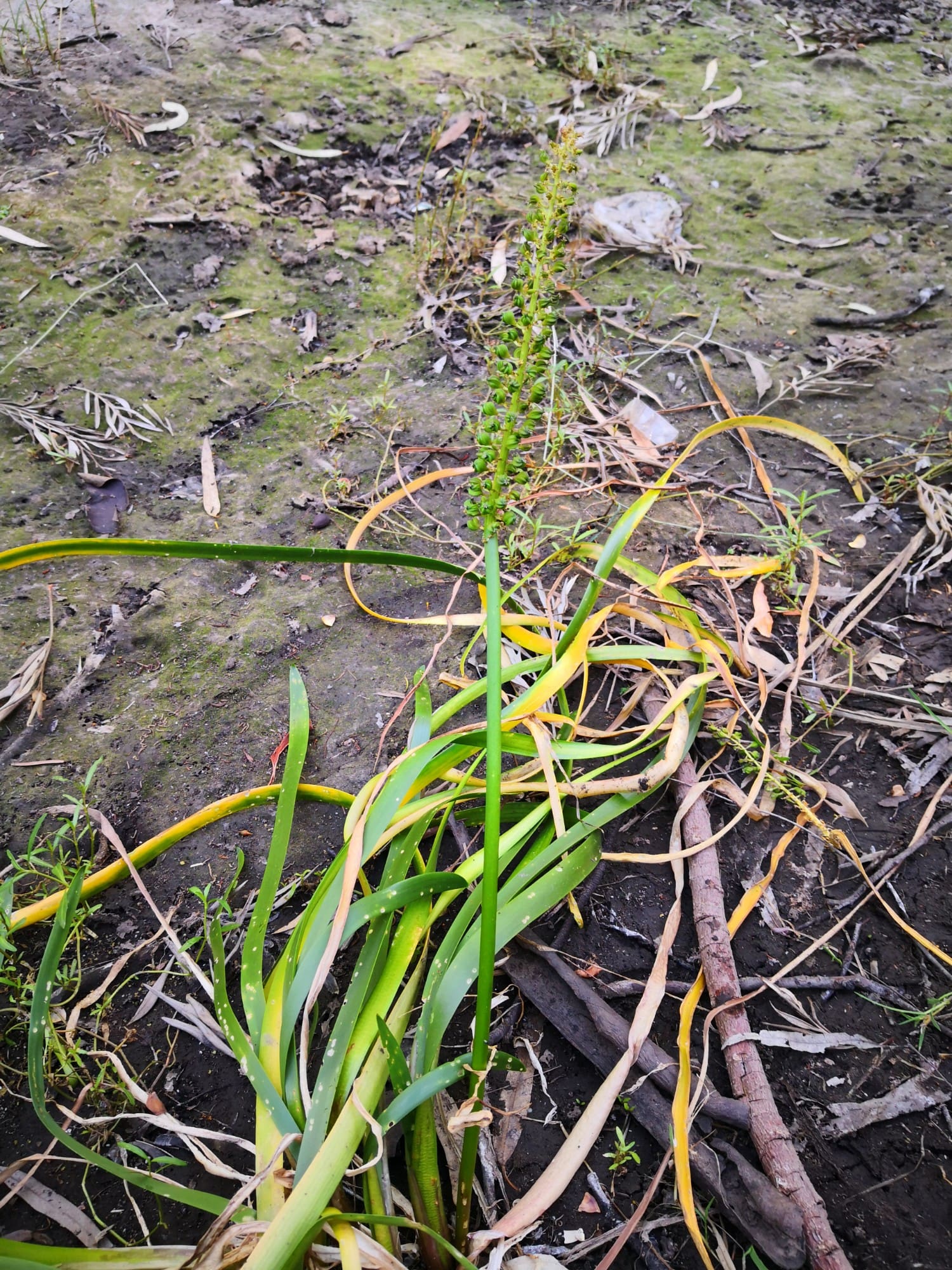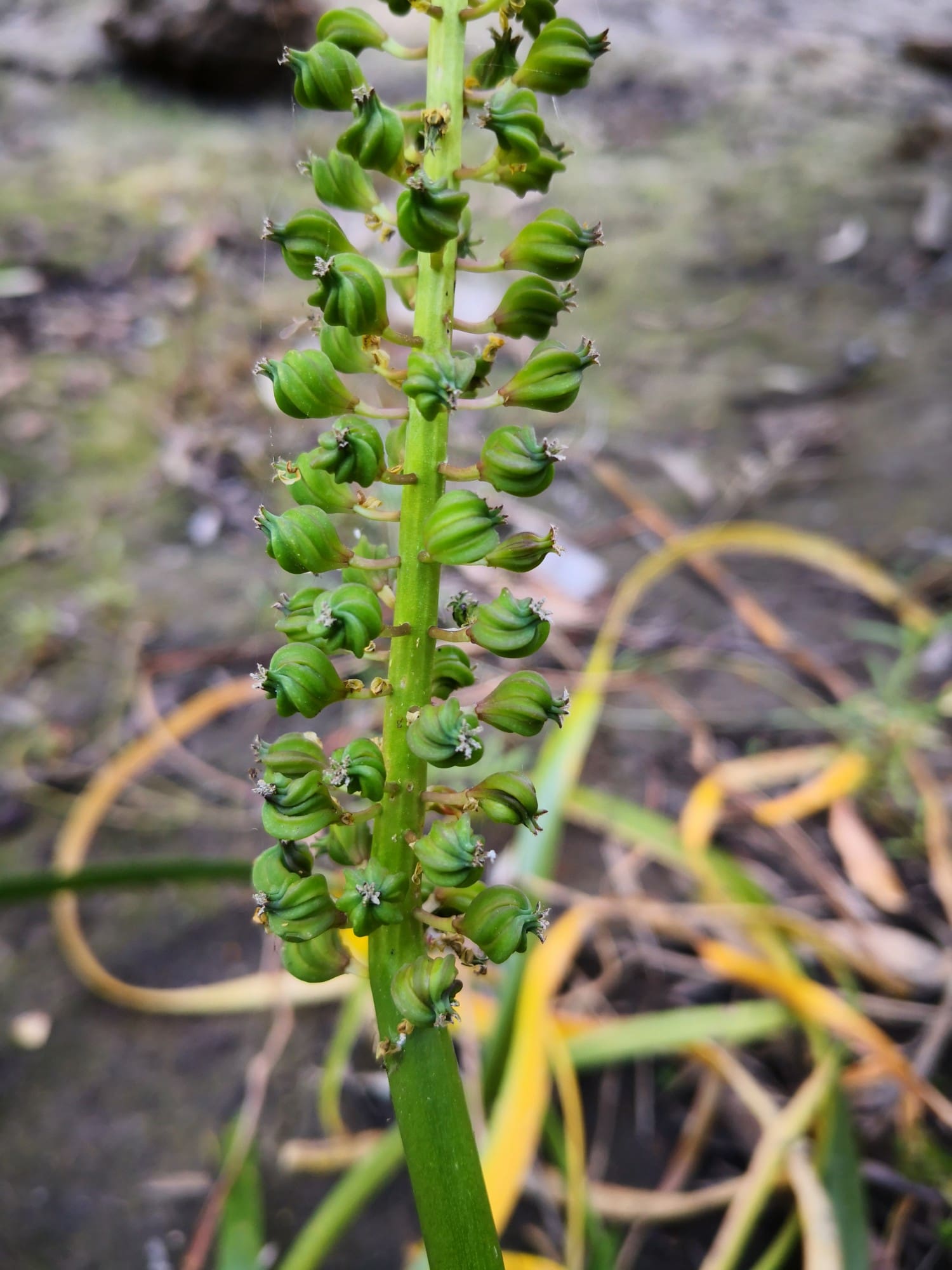As you navigate the intricate world of aquatic botany, your path may come across a curious specimen known as the Large Water Ribbons. These aquatic plants, with their distinctive long narrow leaves and conspicuous floating florets, provide not just aesthetic value but also serve critical ecological roles within their native habitats. In this discourse, you will embark on an intellectual journey, exploring the botanical characteristics, habitat preferences, and ecological significance of the Large Water Ribbons, thus expanding your understanding of this fascinating aquatic species.

Definition and Description of Large Water Ribbons
Large Water Ribbons, scientifically known as Triglochin procera, are a species of aquatic plant commonly found in wetlands, ponds, and lakes.
Scientific classification
From a taxonomic perspective, Large Water Ribbons fall under the Triglochin genus in the Juncaginaceae family. They belong to the larger Plantae kingdom, encompassing all plant life.
Physical characteristics
Notably, Large Water Ribbons exhibit an elongated, ribbon-like leaf morphology, from where they derive their common name. The leaves are usually green, touch the water surface, and can exceed a length of one meter. This aquatic plant also produces green-yellowish flowers between the months of November and April.
Habitat preferences
Large Water Ribbons are predominantly found in still to slow-moving freshwater bodies. Their known aquatic habitats include shallow lakes, freshwater wetlands, and even man-made channels, primarily in permanent or semi-permanent water bodies.
Distribution of Large Water Ribbons
Geographical locations
The geographical distribution of Large Water Ribbons is significantly varied. They are predominantly found in Australia, New Zealand, and some regions of South America, mainly Chile.
Climate preferences
Although adaptable, Large Water Ribbons prefer temperate climates where they thrive. They adapt relatively well to seasonal variations in climate, allowing temporary exposure to frozen conditions.
Abundance across regions
The level of the presence of Large Water Ribbons differs across regions, with the highest concentration reported in Australia and New Zealand. In South America, they are somewhat less common but still play a substantial role in aquatic ecology.

Ecological Role of Large Water Ribbons
Role in the aquatic ecosystem
Large Water Ribbons contribute significantly to their ecosystem by providing habitat and food for a variety of wildlife, including waterfowl and other smaller aquatic creatures.
Interactions with other organisms
Large Water Ribbons’ long, slender leaves create an ideal shelter for various fish and invertebrates, thus fostering biodiversity. They also help provide a supply of oxygen necessary for aquatic life, aiding in maintaining the overall balance of the ecosystem.
Effects on water quality
Their robust root system is beneficial for water purification. By absorbing excess nutrients present in the water, they prevent the overgrowth of harmful algal blooms and maintain water clarity.
Growth and Life Cycle of Large Water Ribbons
Growth rate
Large Water Ribbons maintain a steady growth rate, which accelerates during humid periods between autumn and spring.
Reproductive process
Reproduction in Large Water Ribbons is mostly through seeds, although vegetative reproduction can also occur. Flowers produced in the warmer month’s cross-pollinate and mature into fruit, containing numerous seeds for propagation.
Life cycle stages
These plants go through a perennial life cycle. During the colder months, they enter a dormant stage where above-ground parts die, while the roots survive underwater, allowing for quick regeneration in favorable conditions.

Threats and Conservation of Large Water Ribbons
Common threats to population
The most significant threats to Large Water Ribbons are habitat loss due to draining wetlands for agriculture, pollution, invasive species, and climate change.
Conservation status
While not currently listed as endangered, the reduction of Large Water Ribbons’ native habitats poses a threat to their population stability, necessitating monitoring and conservation efforts.
Efforts to protect and revive populations
Organizations have set guidelines to moderate activities that may negatively affect their growth and strive to educate the public about their ecological importance.
Uses and Benefits of Large Water Ribbons
Practical uses for humans
Aside from their ecological role, Large Water Ribbons also have practical uses. They hold great potential for wastewater purification due to their nutrient-absorbing capabilities.
Importance to wildlife
Large Water Ribbons serve as a food source for ducks and other waterfowl. They also offer a safe niche for fish and invertebrates, which in turn support larger predators such as birds and mammals.
Potential for medicinal use
While further investigation is needed, the possibility of Large Water Ribbons having medicinal properties cannot be overlooked. Their traditional usage by indigenous Australians as a food source and for minor ailments hints towards this.

Classification of Large Water Ribbons
Taxonomic hierarchy
Within the Plantae kingdom, Large Water Ribbons belong to Angiosperms, the largest group of land plants. They are part of the Juncaginaceae family, under the Triglochin genus.
Close relatives and similar species
Some of their close relatives include other Triglochin species such as Marsh Arrowgrass (Triglochin palustris), Seaside Arrowgrass (Triglochin maritima), and Three-Leaf Arrowgrass (Triglochin tricha).
Evolutionary history
The evolutionary history of Large Water Ribbons, like others of its genus, dates back thousands of years. Their ability to adapt and proliferate in a wide range of habitats testifies to their evolutionary success.
Morphological Characteristics of Large Water Ribbons
Leaf structure
Large Water Ribbons have long, slender, green leaves that float on the water surface. The lanceolate leaves are arranged radially around the stem, giving a ribbon-like appearance.
Root system
They possess a robust root system, allowing them to anchor into the muddy bottom of aquatic habitats, and absorb nutrients and water from the environment.
Flower and fruit formation
In Australia, the flowering period is between November and April. The bisexual flowers give way to fruit, each containing many tiny seeds for propagation.

Cultural Importance of Large Water Ribbons
Symbolic significance in different cultures
While not commonly recognized in mainstream culture, in indigenous communities, Large Water Ribbons hold notable esteem as a valuable food source and symbol of abundant aquatic life.
Historic uses and mentions
Historic records reveal the use of Large Water Ribbons by indigenous Australians as a food source, specifically the root, processed and ground into a flour-like substance.
Research and Studies on Large Water Ribbons
Key findings from recent research
Research into Large Water Ribbons has highlighted their critical role in maintaining aquatic biodiversity and water quality, leading to increased interest in their conservation.
Implications for environmental science
As nature’s water purification system, Large Water Ribbons’ ability to extract excessive nutrients from water could be a breakthrough in environmental science, especially in managing eutrophication.
Suggestions for future research
Future research should focus on exploring the potential medicinal properties of Large Water Ribbons and their further practical uses in wastewater management, to fully utilize their benefits.